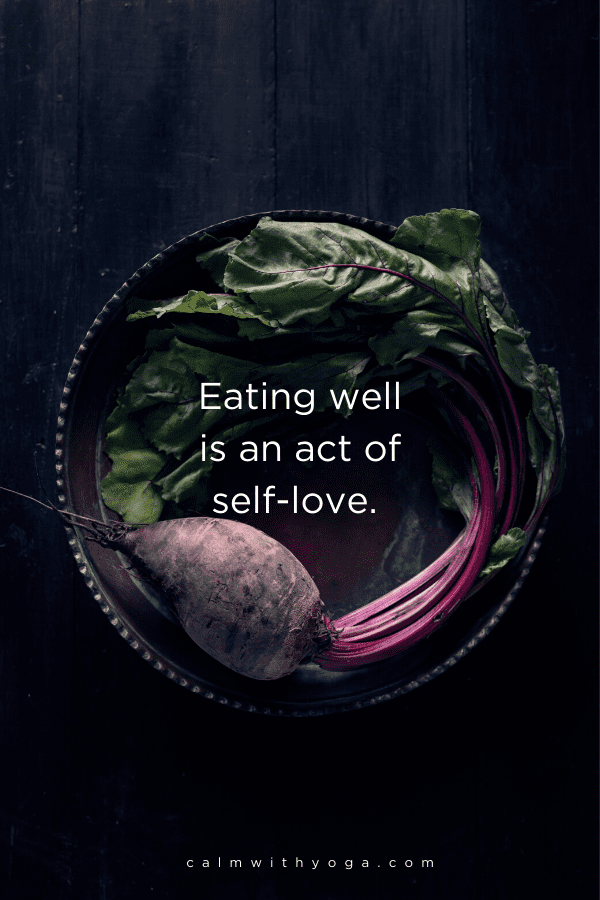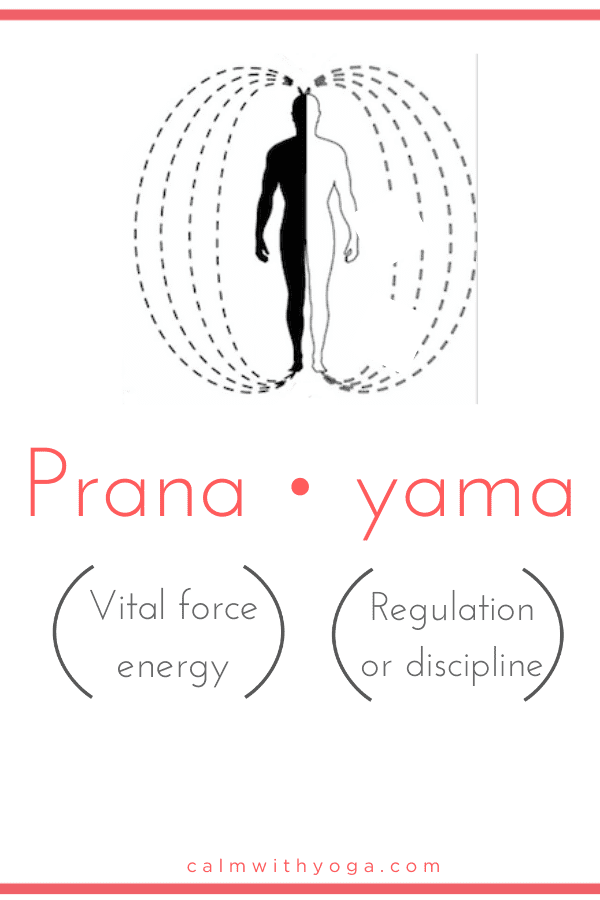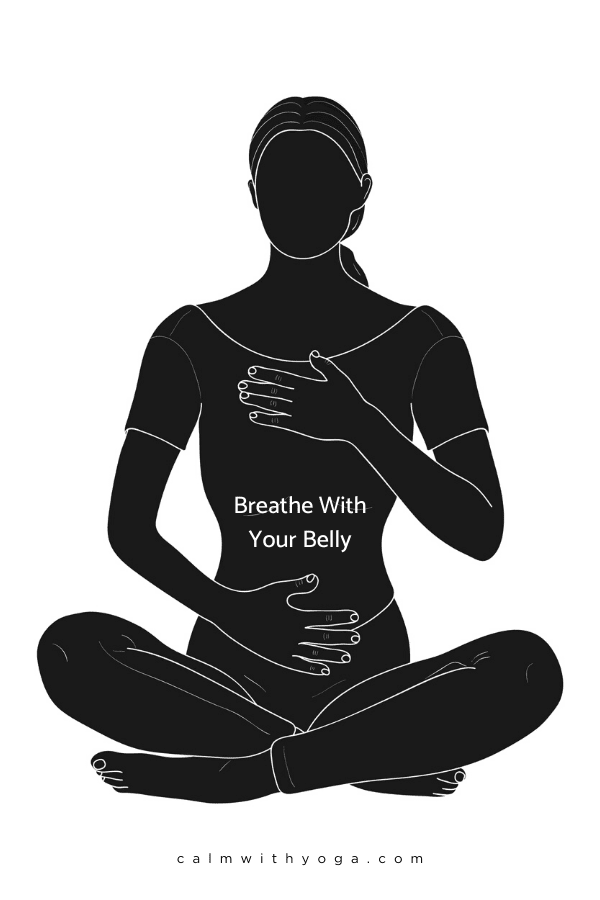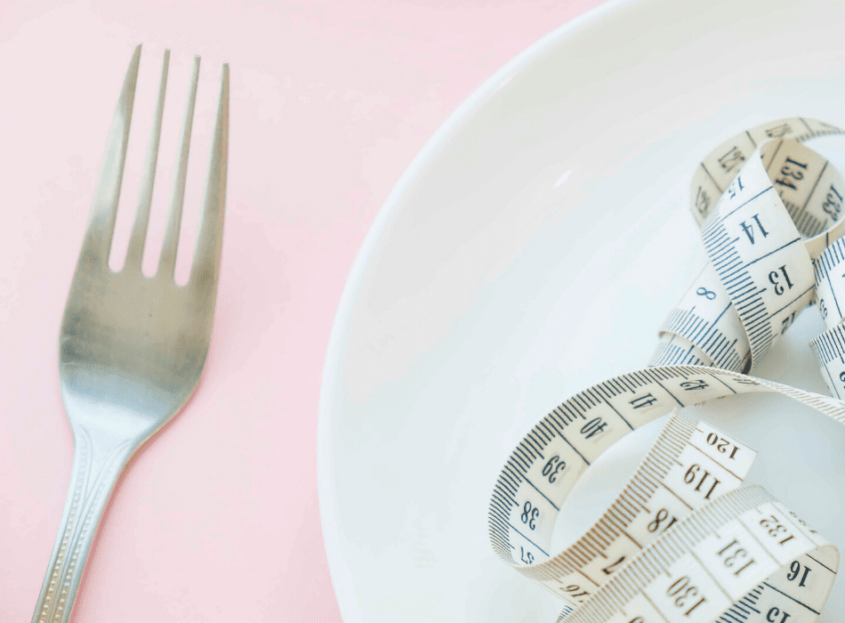The way you eat in inseparable from your core beliefs about being alive.
Your relationship with food is an exact mirror of your feelings about love, fear, anger, meaning, & transformation.
– Geneen Roth, author of ‘Women, Food, & God’
I’ve been an emotional over-eater for most of my life.
The pattern started at 13, when because of sh*t hitting the fan at home I was forced to move to a foreign country, away from my friends and the world I knew.
I remember feeling lost, anxious, and depressed, and that’s when I began eating my emotions to temporarily pause the discomfort.
I sought solace and comfort in chocolate cake, chips, coke, etc. every time I encountered emotions I didn’t want to face… or didn’t know how to face.
On the other hand, I also dieted and restricted out of guilt hoping I’d magically also lose belly fat, body fat, and reduce weight.
It would take me about 20 years to break this pattern.
I didn’t know it then, but it wasn’t will power and dieting that would save me.
It was the practice of yoga that eventually saved me from this self-imposed hamster wheel.
The journey on the yogic path started with the physical poses (asanas) and eventually progressed to breathwork (pranayama).
Believe it or not, it was actually yogic breathing techniques that help me shift my relationship with food by helping me first shift my relationship with myself.
These powerful breathing techniques helped to increase my sense of well-being as well as my self-esteem…
Redefining Nutrition & Nourishment

“…Compulsive eating is basically a refusal to be fully alive.
No matter what we weigh, those of us who are compulsive eaters have anorexia of the soul.
We refuse to take in what sustains us.
We live lives of deprivation.
And when we can’t stand it any longer, we binge.
The way we are able to accomplish all of this is by the simple act of bolting – of leaving ourselves – hundreds of times a day.”
–
Before we get to the good part about how to eat less let’s first go over some concepts…
Food/ nutrition is meant to nourish us.
So it could be said the nutrition is not just about food as we know.
Nutrition also includes other nourishment such as:
- water
- breathing
- sunlight
- rest
- meaningful/ inspiring work
- meaningful/ inspiring relationships
All of these things nourish the different parts of our being – from the cellular level all the way to the mental/emotional and even spiritual level.
One way we can break the cycle of emotional eating or over-eating is by ensuring that we are getting enough nourishment from these other areas too.
When we feel satiated in the other areas we won’t feel the need or impulse to consume more food than our bodies need because we’ll feel full and satiated in other forms.
Nourishing ourselves in all areas is an act of self-love.
By cultivating a loving and nurturing relationship with ourselves we automatically shift our relationship to food.
14 Simple ways to choose a healthy diet (and also love your body)

Your body is your temple.
Keep it pure and clean for the soul to reside in.
– B.K.S. Iyengar, yoga teacher
Yogis believe that our bodies are sacred vehicles through which we can carry out our life’s mission and purpose (dharma.)
So one aspect of yogic practice is to treat your body with the respect and reverence it deserves.
Keeping this perspective in mind, here are some simple and easy-to-implement ways to help you treat your precious body more lovingly:
1- Make mindful eating a part of your daily life – approach food with all senses activated, with awareness. Learn to listen to your body, she’ll tell you what she needs.
2- Be present with each bite – chew your food thoroughly so it can be better digested and better savored.
3- Keep ‘Frankenfoods’ (highly processed foods full of additives and preservatives) out of sight.
4- Feel full for hours by choosing high-quality, high-protein.
5- Avoid mealtime in front of the TV, as you’ll be more prone to overeating because you won’t be as present with your food.
6- Start the day by drinking water and add a few drops of liquid chlorophyll, and make sure to have a glass of water near you throughout the day. You eat less when you’re properly hydrated.
7- Use smaller plates, especially at dinner… this will help to ensure smaller portions, less food, and fewer calories
8- The more you choose healthy food (food that is minimally processed, low sugar, gluten-free, and food that is alive and comes from trees and the ground) the more your taste buds will change and adapt… you’ll find you don’t even crave the same amount of food or junk food, fast food etc.
9- Carbs can spike your blood sugar, which may leave you “hangry” so watch your portion sizes. Practice portion control here. (You can also try a quality digestive enzymes supplement to help you break down and digest your food better.)
10- Load up on veggies and healthy fats in their natural form like avocados.
11- Avoid late-night snacking and instead try any variation of intermittent fasting. (For example – fast for 14 hours so you stop eating at 8 pm and don’t eat again until 10 am.)
11- Healthy eating means you pay less attention to the volume of food and more attention to the quality of food.
12- Get enough sleep, relaxation, and rest. Lack of these things creates hormone imbalances that lead to higher hunger levels and more junk cravings.
13- Move your body on the regular… this will not only boost your metabolism but also your mood (so you emotionally eat less.) Certain yoga asanas (yoga poses) can help to improve digestion by activating your abdominal muscles.
14 – Breathe properly and with intention – according to yogis this can helps you burn fat and impurities while also working your stomach muscles to improve digestive system function.
How Yoga Practice Can Help

For those who wish to lose weight, pranayama can help reduce physical food consumption.
You won’t feel like overeating, because you get all the nourishment you need from the prana itself.
– Swami Satchidananda, The Breath of Life: Integral Yoga Pranayama
Yoga breathing techniques (called pranayama) are a potent addition to mindful and clean eating, hydration, sleep, supplements, body movement, and emotional/stress management.
Adopting a regular pranayama practice helps the body to better receive the gifts of clean food, pure water, deep rest, quality nutrition, mindful movement, and effective stress management.
It amplifies and enhances the effects of doing “all the right things.”
You can use breath regulation as a simple meditative practice to support your fitness and digestive health goals.
Regulation of prana (vital force energy) via the breath.
The regular, consistent practice of #pranayama offers us a proven way to manage food cravings, appetite, and digestion more efficiently. Click To TweetThe more we infuse our bodies with prana (vital energy) the better our body will function.
Not just energetically, but also physically.
Daily Breathing Exercises Aid Weight Management in 3 Ways:
1- Helps lower cortisol, aka the stress hormone.
Deep breathing is a common component in yogic breathwork.
It’s also referred to as belly breathing or diaphragmatic breathing because breathing in this way expands the lower belly and engages the diaphragm, the muscle underneath your lungs and over your digestive organs.
Several studies indicate that diaphragmatic breathing can help mitigate the stress response thereby lowering cortisol levels. (1)
This is awesome news because high cortisol levels have been linked to weight gain, weight loss resistance, high blood pressure, and heart disease. (2)
2 – Helps balance blood acidity/alkalinity (pH) levels, which leads to fewer cravings and reduced appetite.

Every deep, conscious breath you take during your pranayama practice helps to regulate your body’s pH levels which directly impacts your food cravings and appetite.
Unconscious breathing resulting from stress and improper form may lead to over-breathing or taking in bigger breaths than necessary.
Over-breathing creates an imbalance in your blood pH causing it to become too alkaline, which triggers the body to try to balance this out by craving acidic foods (ie: sugary processed foods) and increasing your appetite.
Yoga trainer and physiotherapist Simon Borg-Olivier explains this mechanism like this:
“The body will balance what you do with your breathing, with what you do with the rest of your life.
And the most significant thing to affect pH or acid-alkaline balance is what you put inside yourself in terms of your food.
If you breathe in a way where you become very alkaline by breathing in too much and blowing off all the carbon dioxide, you will start to crave lots of food, because most food is acidic.
And so the more you breathe the more you’ll want to eat.” (3)
Regular pranayama practice helps you cultivate the habit of breath awareness so you avoid or reduce any over-breathing patterns you may have.
In fact, in its essence, pranayama is a breath reduction practice that can help optimize virtually every system in your body.
3 – Helps better manage stress by activating your body’s ‘rest-and-digest’ relaxation response, (and therefore helps you tackle emotional eating while improving digestion.)
There are various studies outlining the positive effects of regular pranayama practice when it comes to mental and emotional health.
This is because the simple act of breathing mindfully has the power to send safety signals to the brain, which activates your body’s ability to relax and calm down, thereby enhancing digestion which supports your metabolism and can reduce bloating. (4)
Also, the calmer you feel the more in control you will be regarding your food choices, which will help reduce automatic emotional eating.
According to breathing coach for Olympic athletes and author of “The Oxygen Advantage,” Patrick McKeown using breath reduction techniques like nostril breathing (instead of mouth-breathing) and breath-holding (both of which are also pranayama components, by the way) not only reduces appetite but also increases calorie burning:
“For over a decade I have witnessed hundreds of people achieve a safe method of appetite suppression leading to steady, effective weight loss using breath reduction techniques.
…People often found themselves to be eating more healthfully with less desire for processed food and more demand for water.
What’s more, this weight loss and change to better eating habits occurred easily and without effort.” (5)
Practice This Simple Pranayama Exercise AT LEAST 5 Minutes Daily

Sit in a comfortable position, or in padmasana (lotus pose – with your legs crossed)
Take a deep breath.
Notice your body as you keep inhaling and exhaling.
How does it feel?
Now you’re ready…
Here’s is a simple yet proven breathwork exercise you can practice daily.
The more you practice this routine the better, but do at least five minutes daily to gain the true benefits.
And keep in mind that this isn’t a magic pill – to reap the benefits you’ve got to be consistent and also pair this with nourishing your other areas and minding your food choices.
Follow the prompts below:

REFERENCES
:
(1)https://www.ncbi.nlm.nih.gov/pmc/articles/PMC5455070/
(2)http://www.saragottfriedmd.com/cortisol-switcharoo/
(3)https://www.youtube.com/watch?v=zCLDHEtL4F8
(4)https://www.ncbi.nlm.nih.gov/pmc/articles/PMC3681046/
(5) McKeown, Patrick. The Oxygen Advantage: The Simple, Scientifically Proven Breathing Techniques for a Healthier, Slimmer, Faster, and Fitter You.












